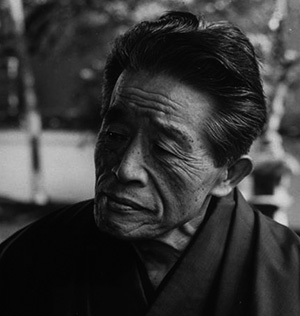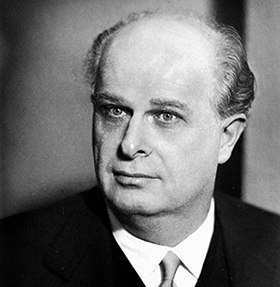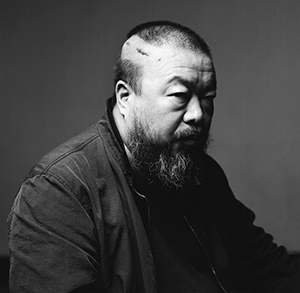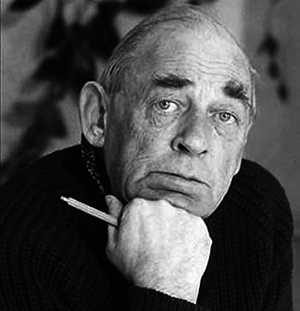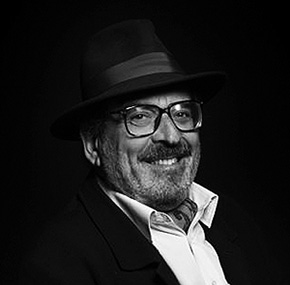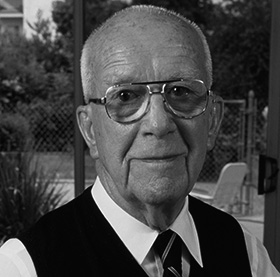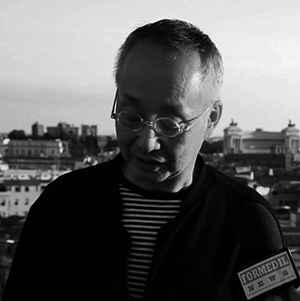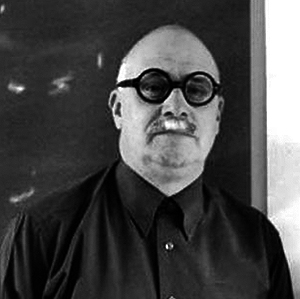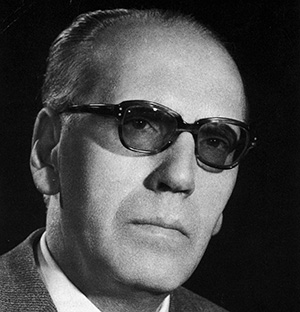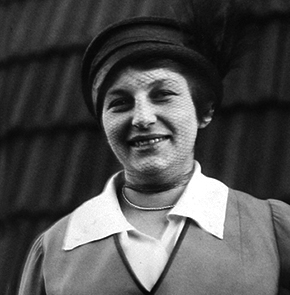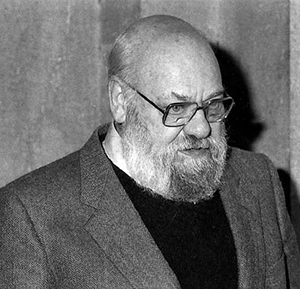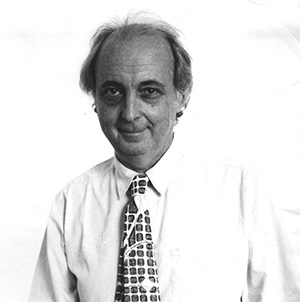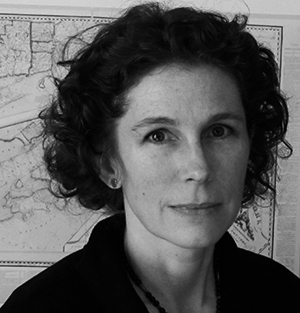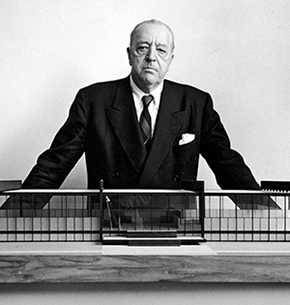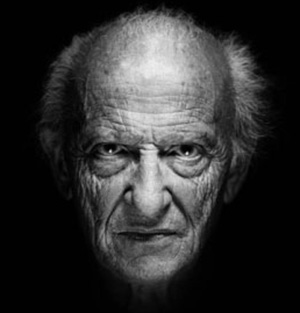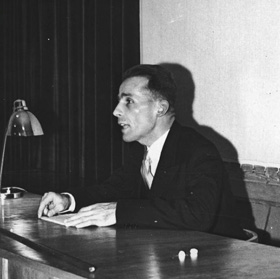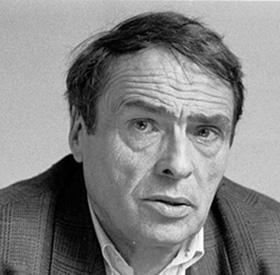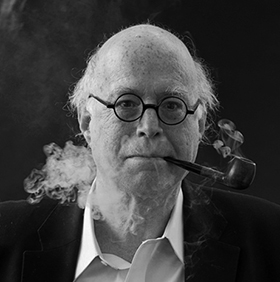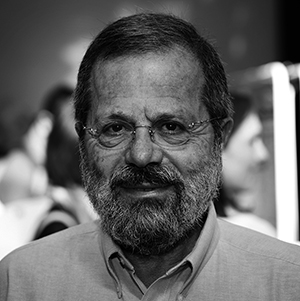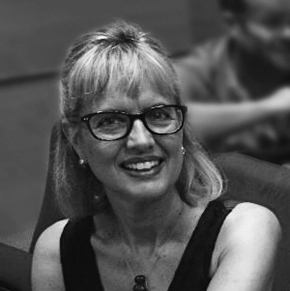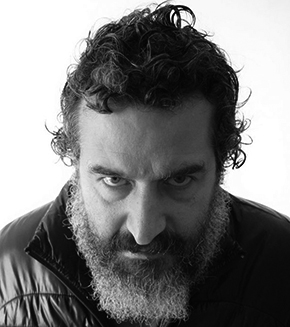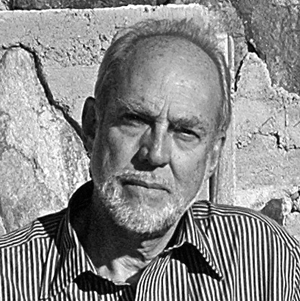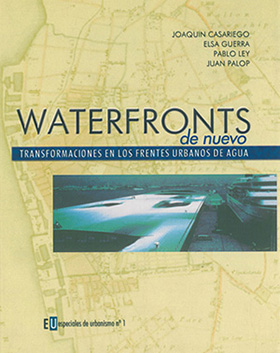By Javier Dasdores Arms
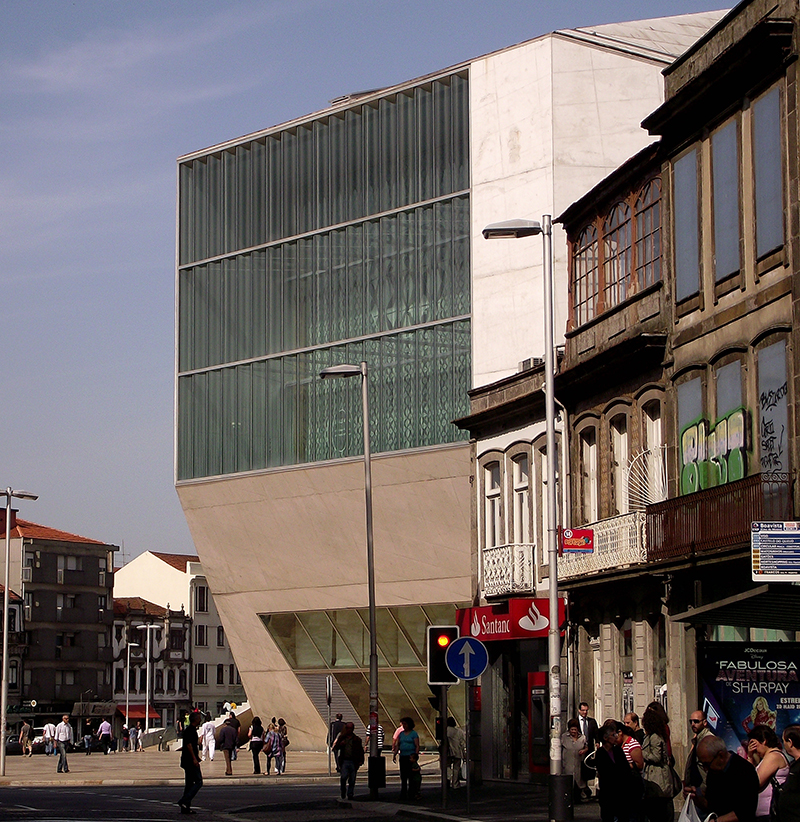 Urban perspective of the Casa da Musica in Porto from the Rua Vanzeleres. Rem Koolhaas OMA y, 2001. Photos: Javier Dasdores
Urban perspective of the Casa da Musica in Porto from the Rua Vanzeleres. Rem Koolhaas OMA y, 2001. Photos: Javier Dasdores
En The Visitor1, Walter Vale, a mature and withdrawn Connecticut university professor, surprising to an immigrant couple occupying his Manhattan apartment, a home visit infrequently and that has been fraudulently rented for unscrupulous undesirable. Apparently Walter is the rightful owner of the house where the two young men were introduced there home setting, a priori about squatters vulgar victims of a real estate scam. But who actually appropriates space who, Zainab and Tarek to cross the border unquestionable private property or the professor who breaks into the house at midnight no less compelling violating the boundaries of a sensory dimension rightfully youth?
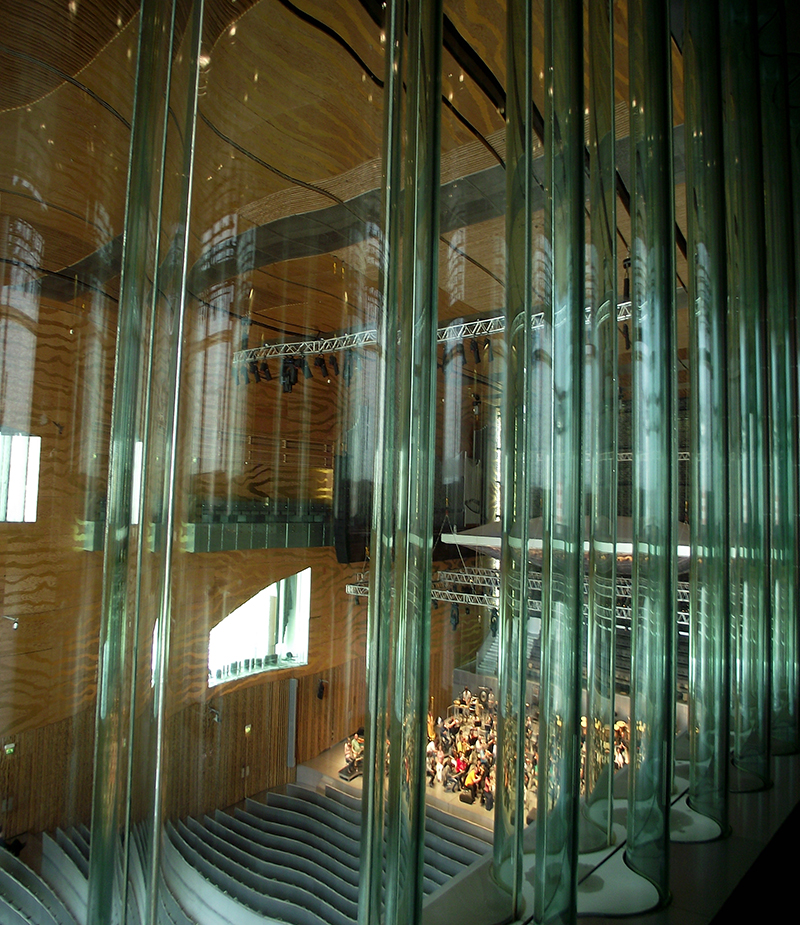 Central space view of one of the audience from the perimeter deambulatorios. Photos: Javier Dasdores
Central space view of one of the audience from the perimeter deambulatorios. Photos: Javier Dasdores
The ambiguous and polysemic character palpable in certain artistic achievements, posed both the film and other disciplines for a new paradigm based on bidirectionality between creation and viewer. Already in the beginning of last century, Initial enthusiasm subdued cubist period, Marcel Duchamp elevated to an artistic something as seemingly mundane as a urinal by a simple process of translating2. Meanwhile Man Ray does the same with the dialogue between the real and the virtual that permeates his artwork, inviting the viewer to reflect on the origin, the purpose and nature of art3. Paint, literature, dance or music to name a few, likewise have used sometime compositional resources that emphasize the complementary nature of its visual and conceptual language ..... even the world of fashion has banished temporarily roundness of curves by a new young models canon based on thin, fibrous !
Meanwhile architectural production has also been enveloped by this ambivalent status, manifested for example in architecture prior to the beginning of the Modern Movement, custom figures of Peter Behrens at AEG turbine factory (1.909) and Walter Gropius in Fagus (1.911), where both architects move away from glass and steel constructions own nineteenth century to create a language based on the fusion of the industrial and rural tradition in which domestic and industrial readings align.
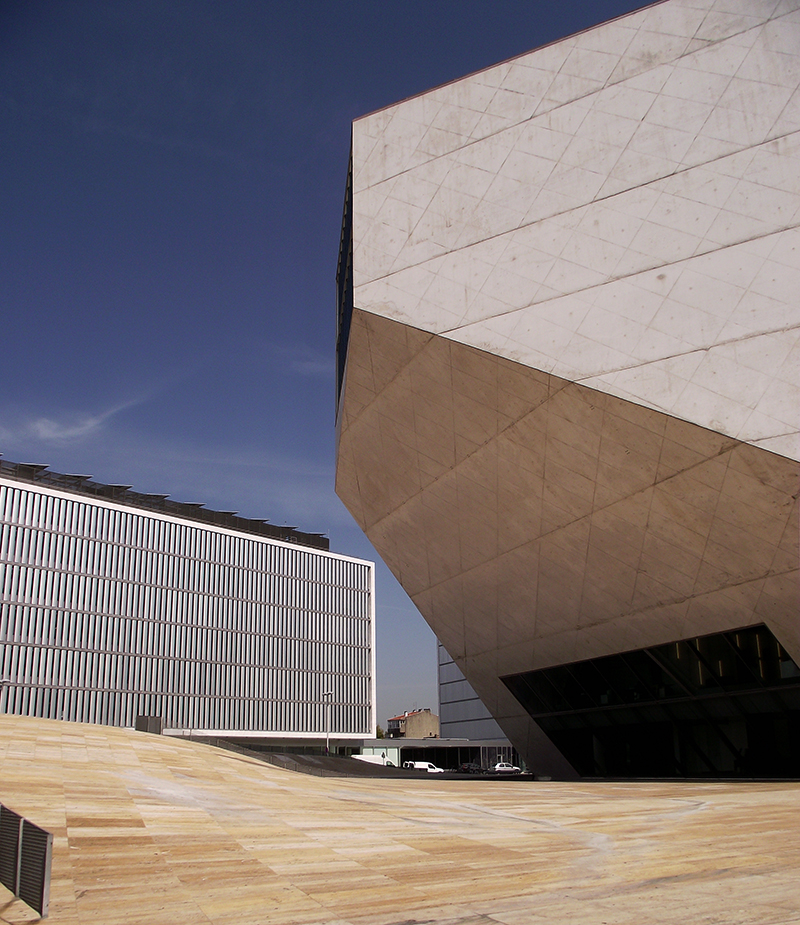 The overwhelming volume of the building on the Plaza de Alburquerque. Photos: Javier Dasdores
The overwhelming volume of the building on the Plaza de Alburquerque. Photos: Javier Dasdores
In a plan more next time, japonés Yoshichika Takagi el casa en the K(2.009)4, commit adultery quintessential icon of architecture (Laugier's hut) without losing its original meaning, while the Dutch Rem Koolhaas's Casa da Música in Porto (2.005) is capable of maintaining the physical consistency of the building and objetual fluctuating between two stops diametrically opposite.
Paradoxically, the conception of the latter project begins with the commissioning of a house in Rotterdam in the year 1996, not finally built the house Y2K5. A few years later and after the election of Porto as one of two European Capitals of Culture, of estudio de Koolhaas, OMA (Office for Metropolitan Architecture) was invited to participate in the tender for the construction of a concert hall for the city and after a process of relocation and scaling similar to those employed by the Swedish artist Claes Oldenburg6, what at first was a house ended up becoming the building “intriguing, disturbing and dynamic” we know today7 and that so starkly inserted into the urban fabric of the city of Portuguese.
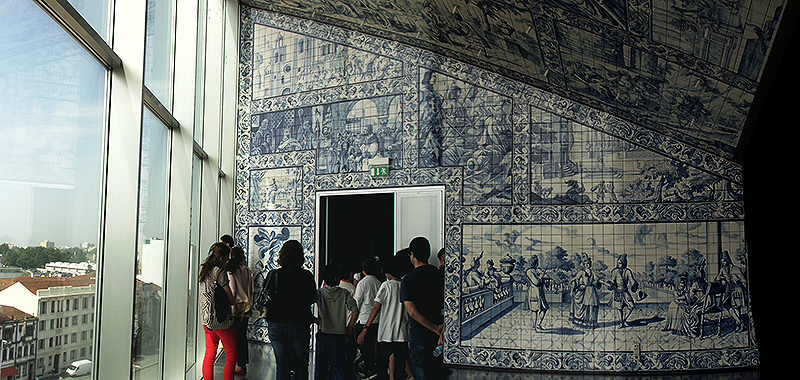 The contrast of the walls covered with traditional Portuguese tiles and golden neon-lit interiors. Photos: Javier Dasdores
The contrast of the walls covered with traditional Portuguese tiles and golden neon-lit interiors. Photos: Javier Dasdores
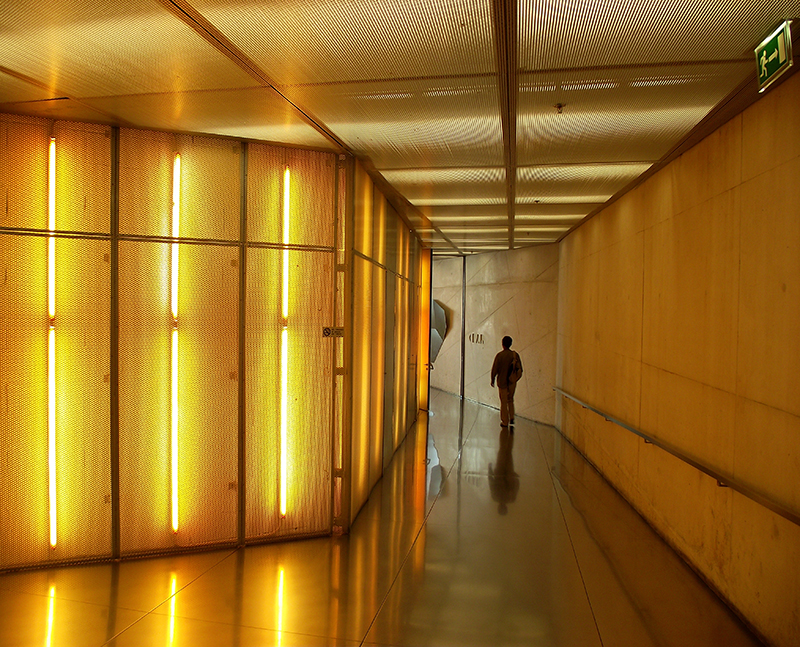
This Dutch architect breaks the continuity of the existing plot by placing the building form (apparently) random in the rotonda of Boavista, located within the boundaries of a working class neighborhood and the historic center of Porto, questioning the purpose of the architectural object within the city, but putting in value while elements of the contemporary city as the place that gives access to the building and which is configured as a specific context for contemplation andthe meeting. Service as the result of the transition of the object represented (dwelling) to reality (audience), the particular arrangement of the building in this context causes numerous succession of overlapping images where overlapping background and figure adding new meaning to the environment, as if it were a collage space.
Ideally the building is generated through the construction of a solid white concrete faceted independently arranged over the central space. THE PROGRAM consists of two auditoriums seating 1.250 and 350 people respectively, rehearsal rooms and recording studios, piercing the solid is introduced and subtracting the excess mass, permeating the manipulable character building inherent in any object and that can be noticed traces of the initial models were the basis conceptual, placing indeterminate position between the monumentality of sculpture and architectural model functionality that makes it enigmatic.
Result of this recess, rooms are exposed not only to the city giving new meaning to the relationships established institutional buildings with the city, but also reveal its contents to the visitor through the relationship established between the junctions and intersections that occur between them. Deliberately eliminating the use of oversized foyer, the alternative is presented as a rising path around the main auditorium that connects throughout and in which, with the usual irony and ambiguity that characterizes the work of the Dutch architect, follow one after another the different spatial sequences that mark the course. So visitors can stand behind curtains that are not such large canvases but wavy glass, after which divine wooden panels extravagant gold veins that mimic .... Wood and lining the walls of the main hall. After crossing the corridors of science fiction, lead to a room covered with hand-painted tiles depicting pastoral reasons in line with Portuguese ceramic tradition.
Initial rejection raised in some quarters for a work that if sin is something to be infected by the controversial personality of its author, has dimmed as the building has been integrated to the drawing spontaneously Oporto. Koolhaas takes on the challenge of creating an object out of allegories and metaphors, aware of the complexity of the production of icons with expiration date, immersed as we are in a society that swallowing images with the same frenzy that applauds. But you can not understand the building only as a media object linked to the culture of postmodernism, since Far from being a purely formal operation, takes a critical, marked by the effort to define the relationship between architecture and the reality of a society increasingly exposed but less transparent.
Notes:
1. American Movie 2008, written and directed by Thomas McCarthy and starring Richard Jenkins, Haaz Sleiman, Danai Jekesai Gurira y Hiam Abbas, whose script is based on the life of a middle-aged lonely man, whose drab existence changes when faced with problems of social identity, immigration and intercultural communication, after the attacks of 11-S.
2. To The Source (1917), French used a male urinal and signed as “R. Mutt”, have to present at the exhibition of the Society of Independent Artists where it caused a stir among its organizers, I finally chose not to display it. It is part of a set of parts that the artist he called readymades (found object), arose in response to art formally established.
3. Among the work of French artist Ingres Emphasize Le Violon (1924) o Portrait of Kiki (1926).
4. DASDORES WEAPONS, JAVIER: Misappropriation: iconography and myths. La casa K de Yoshichika Takagi, Magazine in Redac, nº 1, http://yoshichikatakagi.com/
5. KOOLHAAS, REM: Copy and Paste. How to turn a Dutch house into a Portuguese concert hall in under 2 weeks. In Content, And. Taschen, Cologne, 2004.
6. Swedish artist known for introducing everyday objects in public spaces which manipulates scale colossally up monumentalizarlos, besides being one of the central figures of performance art, installation and pop art.
7. The building received in the year 2007 European Prize of the Royal Institute of British Architects (RIBA). The Jury described the Casa da Música as “intriguing, disturbing and dynamic” and continued by saying that the project “provides excellent acoustic space for the operation of all kinds of music, and performs other contemporary role as a stranger, enigmatic and irresistible object in the urban form of the city of Porto”.
More information:
Casa da Musica. Jorge Mosquera. File Arquiscopio 18/04/2012
Koolhaas: Casa da Musica, Port. My Architectural Moleskine 15/02/2009
 The enigmatic parallelepiped of the Casa da Musica in Porto. Rem Koolhaas OMA y, 2001. Photos: Javier Dasdores
The enigmatic parallelepiped of the Casa da Musica in Porto. Rem Koolhaas OMA y, 2001. Photos: Javier Dasdores
